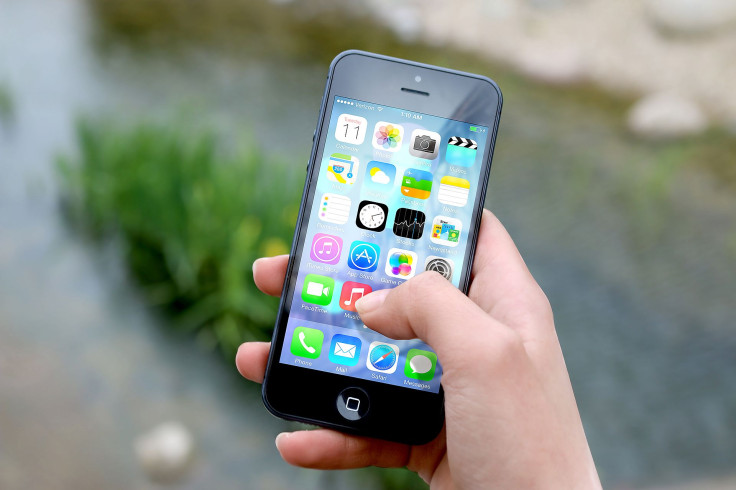How To Uninstall Native Apps On iPhone iOS, Android

Smartphones and tablets are great, but they come with a finite amount of memory and you need all the storage you can get. That's what makes the native apps installed on your devices by default so frustrating. But there is a way to get rid of them.
iOS Devices
Apple's pre-installed apps used to be the bane of iOS ownership, forcing users to keep apps they would never use on full display on their device. While many users figured out ways to hide them, like banishing them to a distant page or hiding them in a folder.
Luckily, Apple finally gave users the ability to remove the unwanted apps with iOS 10. They can be removed like any other app, buy pressing and holding until the apps begin jiggling on screen. Once they start moving, hit the "X" in the upper right-hand corner to remove them. Hit the Home button when you've removed what you want.
The following iOS apps from Apple can be removed:
- Calculator
- Calendar
- Compass
- Contacts
- FaceTime
- Find My Friends
- Home
- iBooks
- iCloud Drive
- iTunes Store
- Maps
- Music
- News
- Notes
- Podcasts
- Reminders
- Stocks
- Tips
- Videos or TV
- Voice Memos
- Watch app
- Weather
Apple does note that all of its pre-installed apps combined take up about 150MB of space on a device, so they aren't the worst offenders when it comes to memory usage. It should also be noted that deleting the Contacts app won't delete contact information—it'll still be available in the phone app. FaceTime calls can also still be completed through the Phone app even without FaceTime installed.
If you ditch one of these apps and end up regretting it, you can get them back relatively quickly by going to the App Store and searching for them. Just reinstall them and you'll be good to go.
Android Device
Pre-installed apps on Android can be a little trickier. Much of the content that comes with a new Android device doesn't come from Google but rather the phone maker and, if the device isn't unlocked, the carrier you buy it from.
Because every Android device is different, the steps won't be exactly the same for this process but they often follow a similar pattern.
First you'll want to find the Applications Manager on the device. This is usually somewhere in the settings. This menu will show you apps that are currently open on the device, those running in the background, and everything installed. Choose the "All" tab and you'll be shown an alphabetical list detailing every app on your phone or tablet. Tap the apps you don't want and tap "Uninstall."
This isn't guaranteed to work for everything—some bloatware is more than happy to stick around and make life difficult for you. For the ones that just won't go away, it's worth trying to remove them with a file explorer.
A file explorer is a tool that allows you to see everything installed on your device. Download a trusted one—like ASUS File Manager, for example—from the Google Play Store. This will allow you to see apps installed on your device. Select the ones you want to get rid of and tap "Uninstall" or "Remove"—whatever the option may be on your file manager of choice.
If that still hasn't helped rid your device of the apps you don't need, you may have to explore rooting your phone. This requires a bit more technical knowhow—and a lot more patience—but also gives you a considerable amount more control over your device.
The root process is different for each device and version of the Android operating system you're working with, so you'll want to make sure to find the right guide for your device.
© Copyright IBTimes 2024. All rights reserved.











